Being primarily a Nikon and Minolta (film) user, I surprised myself by becoming the owner of a Pentax K1000 recently. I had been in the process of buying a Minolta X300 locally and when I went to collect the camera, the seller asked me if I’d be interested in the contents of a curious looking case he had strategically placed beside the Minolta. As an a addicted film camera collector, I had to look inside the box… after all, you never know !
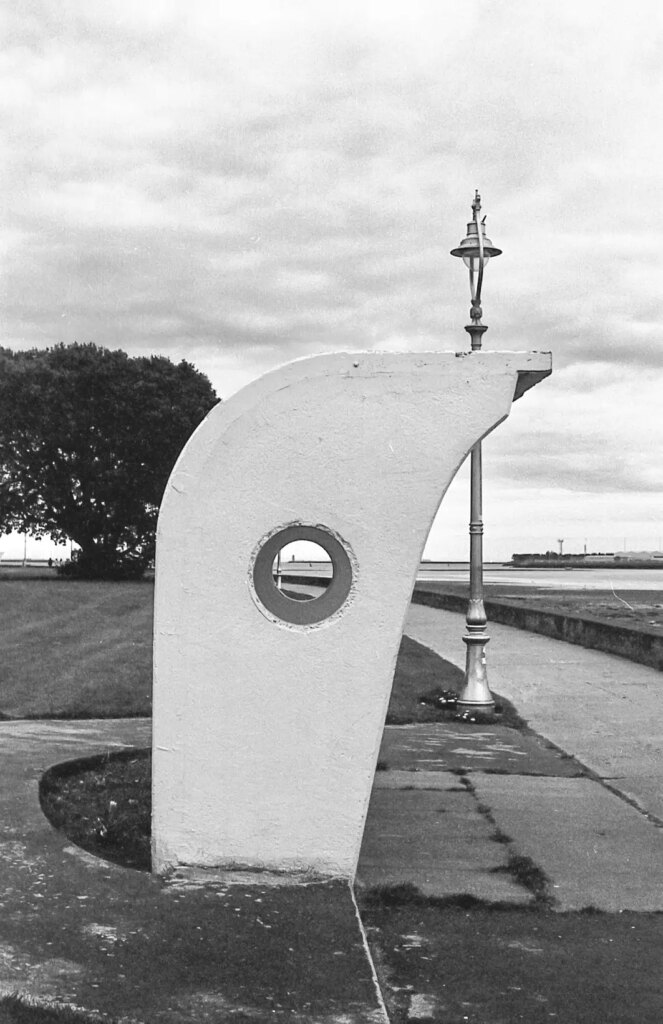
When I opened the case, it contained a Pentax K1000, three lenses; 50mm 1.7, 28mm 2.8 and a 135 F3.5. It also had a flash and a Weston Master V in its original leather case. All these items were in pristine condition without a mark. Even the camera, which hadn’t been used in close to 20 years was intact with the light seals in excellent condition. When he asked me for an extra €80 for the case along with its contents, I couldn’t resist and left with two cameras, six lenses and a pile of other gear in tow.
My normal process when I buy a camera is to check all the functions in detail; light-meter by comparing to an app on my camera, shutter speeds (by ear/sight only unfortunately), light seals, film transport (with a dummy film I keep for this purpose). Once I get the camera home, I usually download a copy of the manual – get to know the functions and I try and get a film through it as quickly as possible to check everything out. In this case, I had been itching to try out a roll of Santa Rae 1000. I had seen sample images taken with this film and was really impressed with the quality of the output – minimal grain and nice contrast (to my eye). I loaded in the film and set off to a local coastal walk near to my home. My plan was to try out the Pentax with the ultimate aim of selling it on to someone who may appreciate it more than me.
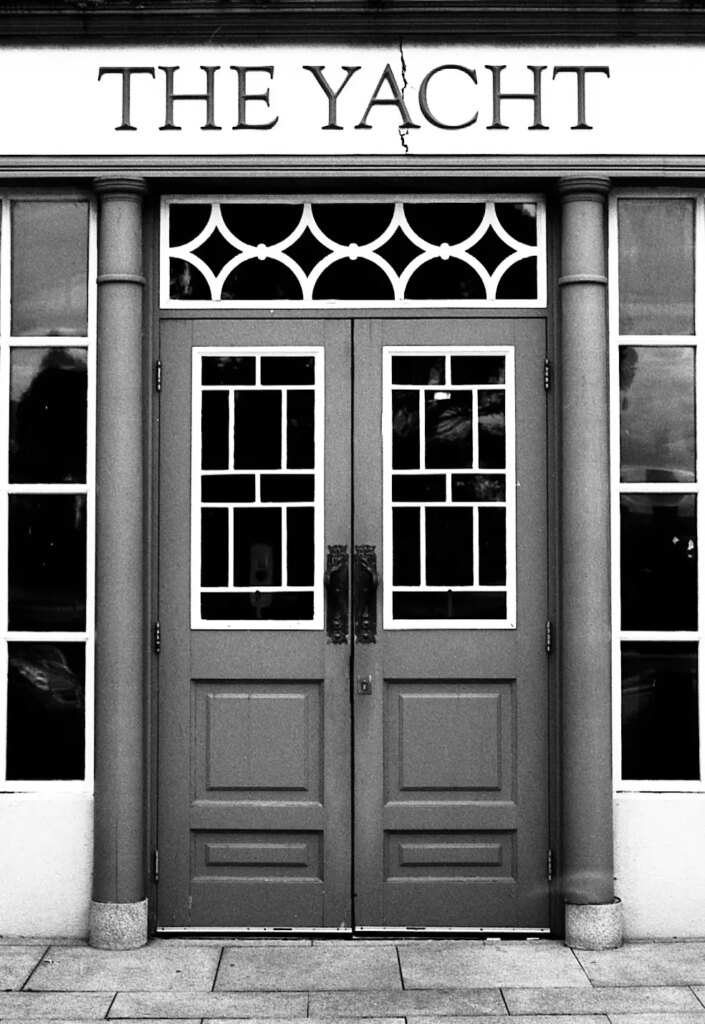
The Pentax K1000 was produced literally by the millions between the 70’s and 90’s – this is an incredible lifespan for a consumer product. These days (as you’ll hear me rattling on about in other articles) product lifecycles are measured in 2 year spans. The K1000 lasted decades. I knew nothing about these cameras before I bought one and would have wondered at how they could have been so popular. Now that I’ve used one to shoot a few rolls of film, I can understand their appeal.
This is a solidly built, practical and intuitive camera to use. Its metal working parts and metal case are of high quality and give the camera a lovely feel when holding and using. It has no bells or whistles and no automation. While it is a fully manual camera, it is very simple to use and leaves the photographer to do what they should be doing – focusing on their photography and not the camera.
My workflow for taking photos with it is to set the desired shutter speed and then set the aperture while putting the meter needle in the middle of the gauge on the viewfinder (if that’s where I want to put it) . Obviously this can also be done in reverse, but I tend to set shutter speed when doing street or candid photos. There is no self-timer, no DOF preview, no mirror lock-up , no on/off switch, no exposure compensation, no multiple exposure switch and uses one LR/SR44 to operate the battery – it has the pure basics you need to take photos and those basics work very well. It can be used on all speeds without the battery, which is purely for the operation of the light meter. Its not hard to see why these cameras have maintained their popularity in the film revival and can command (relatively) high prices. Despite all these interesting facts and pluses – I’m still going to shoot a few rolls and then sell the camera – but maybe keep it a bit longer…
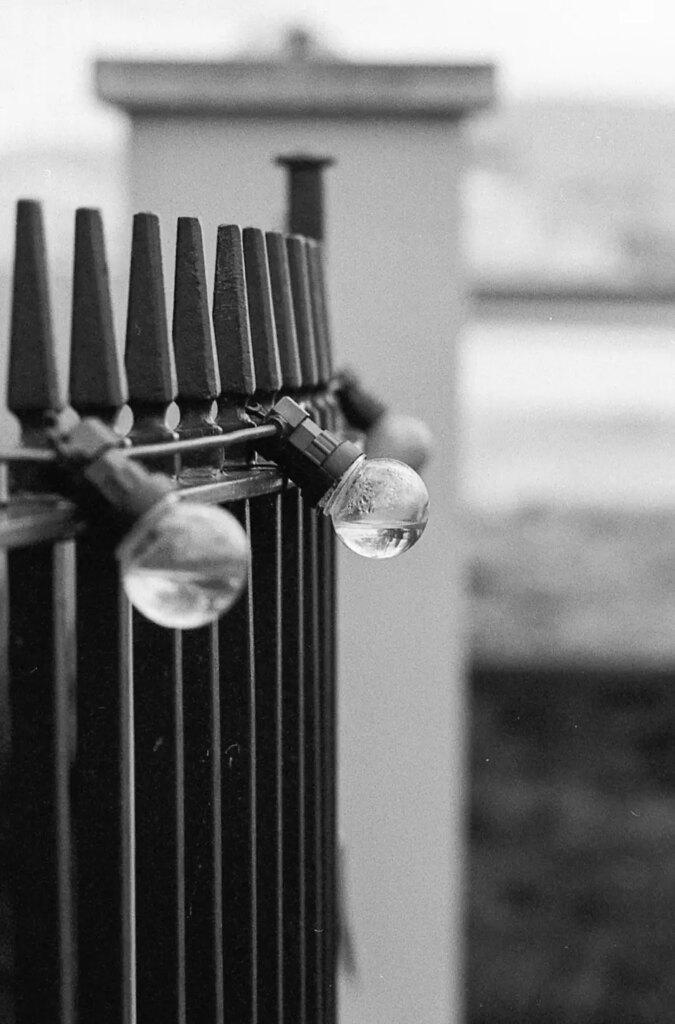
Turning to Santa Rae 1000, this type of film was a new departure for me. Up to now I have tended to be traditional (and somewhat boring) in my film selection – using Ilford HP4+ and Tmax 100 quite extensively since returning to dabble in film a year or two ago. In looking at the results, I was pleased with the contrast and grain but found that in any shots that were even slightly under-exposed, I was punished severely with quality degradation and heavy grain.
On the other hand for some of the shots where there was more even lighting, the exposures were very good indeed. The five shots I took were all on the same day, in very consistent lighting conditions. The 36 shots, when looked at together could have been taken on a different camera, a different roll of film and over different days. Now this could well be a function of the meter in the camera (not dealing well with contrast) or could also be a function of my processing, but at the same time, the differences were noticeable.
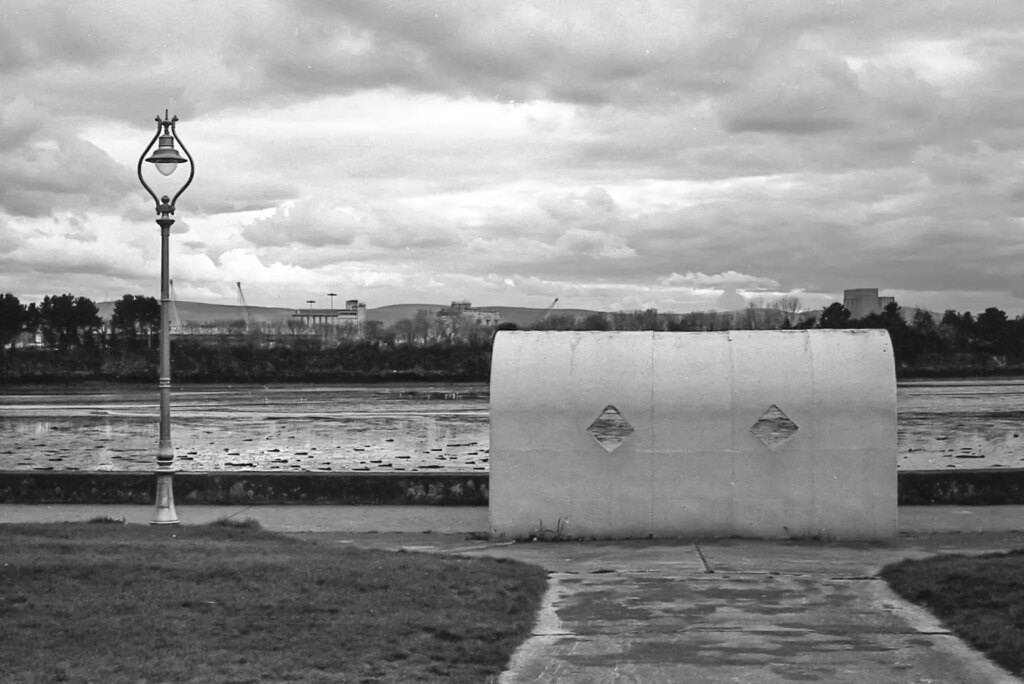
When processing the film, I saw that the processing instructions didn’t include times for either Ilfosol or Ilfotec DD-X (but does for a range of other developers) and rather than go to the expense of buying another developer, I decided to undergo an extensive process to calculate the correct processing times… no I didn’t, I guessed. I looked at a few of the other processing times (which varied from 7 to 18 minutes in a tank) and settled on 12 minutes in Ilfotec DD-X (which is recommended for faster films). Loading the film onto the reel was an interesting challenge as the film itself is very thin and it is easy to run it off the rails in the reel. I had to rewind and start again once or twice but eventually got it going and was pleasantly surprised to see that the extensive guess work had struck lucky.
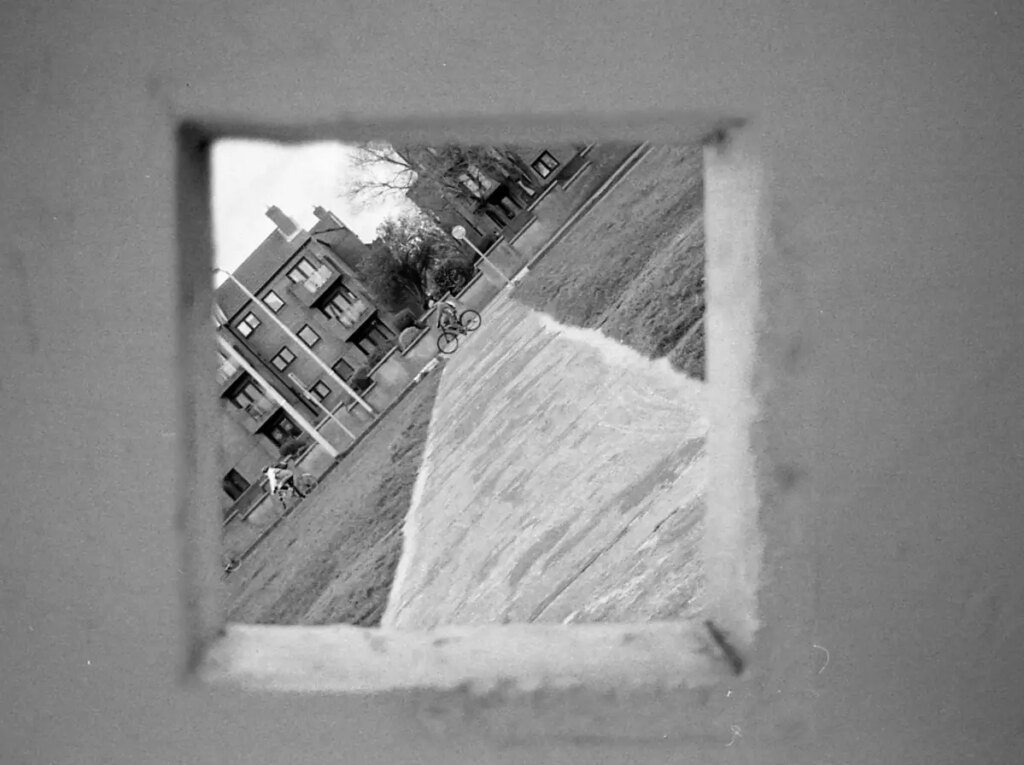
If you are in the market for a high-quality, easy to use and reasonably priced film camera – you could do a lot worse than a Pentax K1000. The options for K mount lenses are extensive and also reasonably priced. I can also recommend the Santa Rae 1000 – I enjoyed using it and will probably get more used to it with a few other rolls. I’m still going to sell the camera – or maybe not…
Share this post:
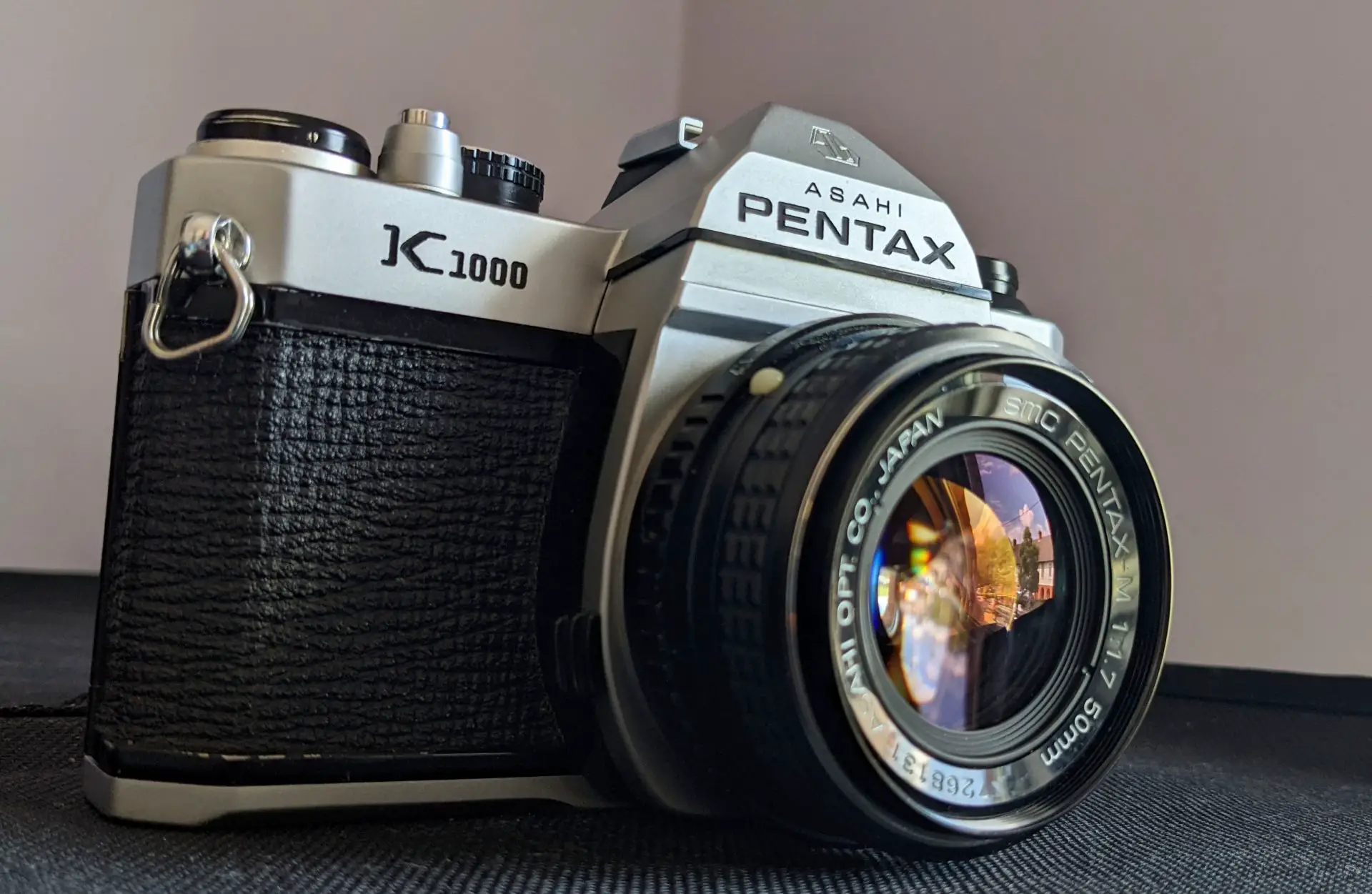








Comments
Don Goodman-Wilson on 5 Frames on Santa Rae 1000 with a Pentax K1000 – By Conor O’Brien
Comment posted: 25/05/2022
Comment posted: 25/05/2022
Jay Dann walker in Melbourne Australia on 5 Frames on Santa Rae 1000 with a Pentax K1000 – By Conor O’Brien
Comment posted: 29/05/2022
More nostalgia. In 1972 I took my then-new K1000 and three lenses to Indonesia, specifically to Bali which in those so long ago days was a photographer's paradise (as it still is, if nowadays you stand in line while the legions of digicrap shooters pony up to snap exactly the same scene as if you all were on an roboted automated-automaton line, which you are, but let's not go there) - I had with me a Macro-Takumar, a Hanimex screw-mount 35mm lens and a same brand 135mm. Lenses used in order were the macro, most often, the 35mm occasionally (for far too many terraced rice field shots, not one of which I was ever able to sell or even give away for publication, which says something), the 135 almost never.
This kit was eminently portable - I had with e all the lens hoods, a few filters, a reasonable sized tripod, and of course a lot of film. it all went into my Second World War era Australian army carry pack and it did everything I wanted it to. In those halcyon days of early travel before toxic tourism took over the world, one could go anywhere and walk into any place purely for the effort of going in and asking (politely) if one could take photos. I was never refused. In Ubud, I went into the royal palace compound where young Balinese were being trained in classical dancing, and sat in a shaded spot, put the K1000 on the tripod, and clicked away. Hundreds of slides. I look at them today and I marvel at everything I saw and photographed. And the sterling quality of that camera.
My K1000 got traded in the 1980s for a Nikkormat kit, which I still own. So I'm a Nikon duffer now, but I have so many good memories of the Pentax, and whenever I look (and scan) a negative or slide from that era, I get a renewed appreciation of the quality images it could produce
Many of my slides sold, and in fact still do, now and then, now to book publishers and online sites specialising in "nostalgia" stories about The Good Old Days of Travel In Asia, which believe me, they were.
As an aside, the odd thing about that time, and the trip, is I shot all mostly on the Agfachrome slide film of that era, mainly as almost all my limited money went on travel expenses (I was in SE Asia for six months, and to this day I do not believe how little money I spent on all this travel, except for ten days in Japan which cost me almost 50% of my entire travel budget) and I couldn't afford to pay Australian prices on Kodachrome. To my regret.
The several hundred slides I took then are now being annotated and key worded and will go as a donation to a photo archive at a university in The Netherlands. My contribution to posterity. Bali as it was.
Old travel memories aside, the K1000 was ne of a kind and a truly unique camera. Those Takumars were among the best lenses ever made by any camera manufacturer, which is evidenced by the great numbers of these still in use on digital cameras today, and the prices they fetch on the secondhand photo gear market.
Now if Pentax would only manufacture a digital K1000/KM... with this camera the 21st century world would be yours (my time has passed, and I'm now a little too old to say "ours") to conquer!!
From Dann in Melbourne
Comment posted: 29/05/2022
David on 5 Frames on Santa Rae 1000 with a Pentax K1000 – By Conor O’Brien
Comment posted: 09/07/2022
Comment posted: 09/07/2022
Jens Knappe on 5 Frames on Santa Rae 1000 with a Pentax K1000 – By Conor O’Brien
Comment posted: 03/09/2022
Außerdem ist der Sucher extra groß. Ganz herrlich !
Wenn ich eine mechanische Pentax benötige, nehme ich eine Spotmatic.
Vielen Dank für deine Bilder mit dem Santa Rae Film !
Comment posted: 03/09/2022
Phil Jodgkinson on 5 Frames on Santa Rae 1000 with a Pentax K1000 – By Conor O’Brien
Comment posted: 27/03/2023
Remember my Iteration was noisy.... but guess it needed a CLA... but these classics are workhorses.....and remarkable....
Like your 5 frames good work